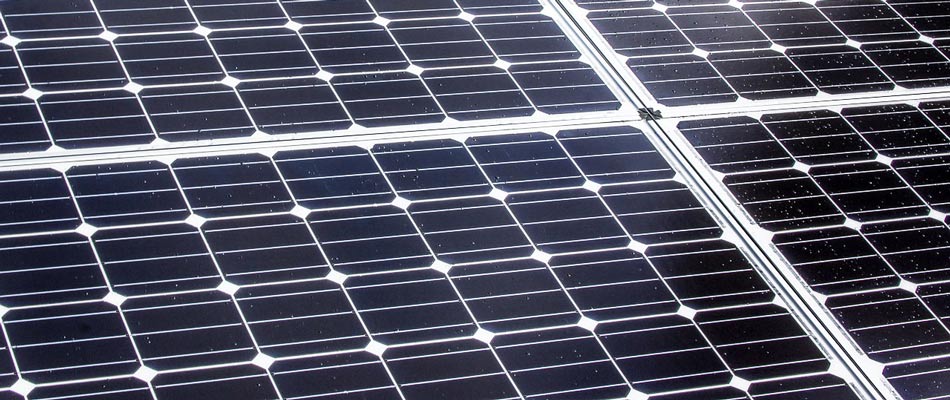Rob Collison is the manager of facilities and transportation for BC School District 46 (Sunshine Coast)
The shimmering solar panels on Elphinstone Secondary in Gibsons, BC offer more than just a source of hot water. They are an example of sustainable infrastructure that students can look at everyday.
Rob Collison is the manager of facilities and transportation for British Columbia School District 46 (Sunshine Coast). He said the timing was right to add a solar hot water system to the facility.
“We were doing a boiler plant replacement project and it made sense to do it at the same time.”
The previous system required the boilers to run all the time (even during the summer) to heat the water through the heat exchanger. The new solar hot water system is supplemented with a small gas-fired tank because Sunshine Coast School District is, in fact, not always sunny.
“We get lots of grey days were there is really not much solar taken advantage of,” said Collison, noting that hot water can be supplied completely from the solar system on sunny days.
“There are many months we won’t see the sun at all – it is just grey.”
Collison estimated the backup operates around half the time, but it varies significantly month-to-month.
Considering solar potential is limited in British Columbia by clouds and rain, Collison would still consider adding panels to another school. The biggest factor to consider is the timing of the project.
“If you’re going to do a solar project, it’s important to make sure your roof is not due for replacement in the near future. You want to make sure your timing is right.”
The two-loop system is composed of a pump for the glycol loop (pumps glycol through the solar panels), a heat exchanger (transfers the heat from the glycol into the domestic hot water loop) and a storage tank.
In terms of operation, Collison said solar hot water “couldn’t be simpler.” The only added maintenance besides keeping the panels clean is maintaining the circulation pumps.
Saving money was not a big priority for the project. As a capital funded project, Collison hasn’t felt the need to justify the costs. In addition, modern schools don’t have a big need for hot water; meaning expenses for hot water are not as high as they were when students regularly showered at school.
And there are added benefits that go beyond dollars. The panels are a visible lesson for energy efficiency and sustainability. Collison and the facilities staff have explained the system to students on numerous occasions.
“The students are all aware that there are solar panels on the roof.”
